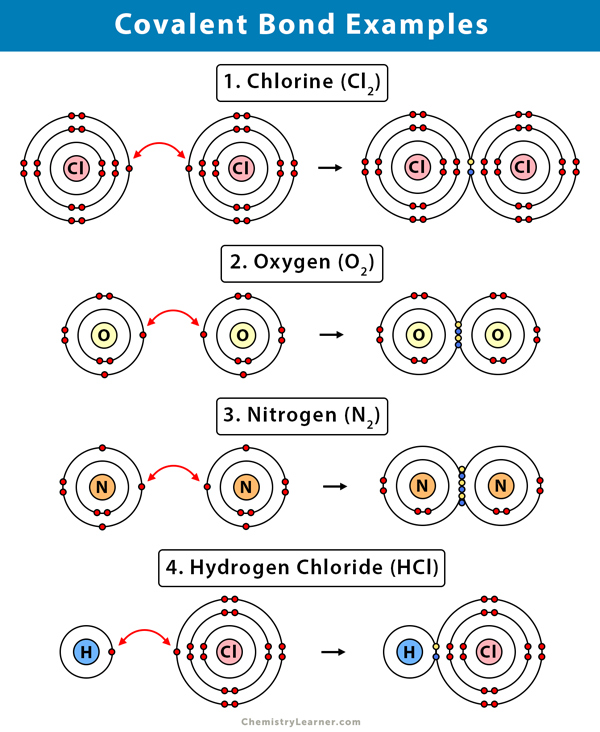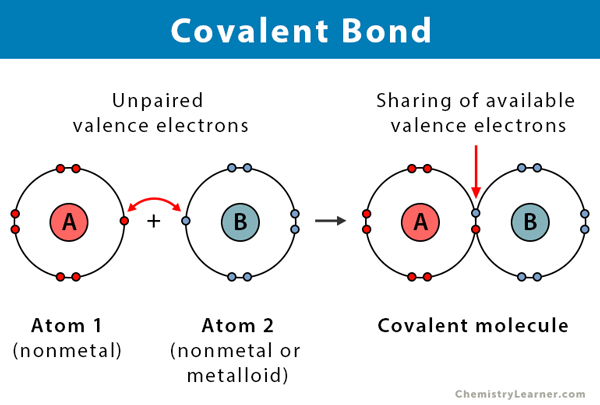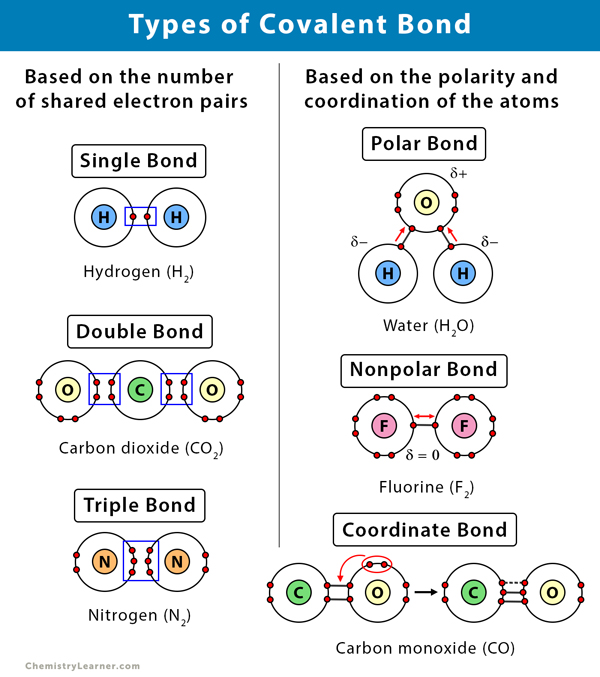Describe Carbon in Covalent Bonds and the Importance of It
For example if we talk about water H2O it is a polar covalent bond. Polar Covalent Bond When the electrons spend more time around the more non-metallic atom the sharing of the electron pair becomes unequal and results in the formation of polar covalent bonds.

Science Homework Comic By Eiyecaieyre On Deviantart Chemistry Classroom Science Homework Science Chemistry
Carbon is a central player in building complex structures because of its small size and need for three covalent bonds.

. Summary Understanding covalent bonds is important to understanding the chemistry within cells. Introduces ways carbon atoms can bond together to create the most important molecules on earth. Bhagavan Chung-Eun Ha in Essentials of Medical Biochemistry Second Edition 2015 Covalent and Coordinate Covalent Bonds in Protein Structure.
C Ionic bonds result from the sharing of electrons between two nonmetals. The unique properties of carbon make it a central part of biological molecules. Polar covalent bond is a type of chemical bond where one pair of electrons is shared unevenly between two atoms.
Answered 5 years ago Author has 15K answers and 8512K answer views. They are important because nearly all of compounds of organic chemistry biochemistry and part of. D Covalent bonds result from the sharing of electrons between two metals.
For example sodium Na and chlorine Cl form an ionic bond to make NaCl table salt. However in a covalent bond the atoms are bound to share electrons. Those electrons count for the outer shell of each atom.
Carbon monoxide consists of one carbon atom and one oxygen atom connected by a triple bond that consists of twocovalent bonds as well as one dative covalent bond. Why is the fact that the carbon-carbon bond has a bond energy that is above the energy of photons of light in the visible range 400 - 700 nm important. The unstable carbon-carbon bonds allow complex structures to form.
Covalent bonds form between two nonmetal atoms with identical or relatively close electronegativity values. Carbon binds to oxygen hydrogen and nitrogen covalently to form the many molecules important for cellular function. A covalent bond that has an equal sharing of electrons and the electronegativity difference is zero is called a nonpolar covalent bond.
Carbon has four electrons in its outermost shell and can form four bonds. For example Hydrogen chloride HCl molecules. The carboncarbon single bond is a sigma bond and is formed between one hybridized orbital from each of the carbon atoms.
A covalent bond may also be termed a molecular bond. Covalent bonds are formed when two atoms share at least one pair of electrons. The ability of carbon to bond with itself is called catenation.
In ethane the orbitals are sp3-hybridized orbitals but single bonds. This type of bond may also be found in other chemical species such. The most common form is the single bond.
A covalent bond in chemistry is a chemical link between two atoms or ions in which the electron pairs are shared between them. The bonding of hydrogen and chlorine atoms leans more towards Cl atoms because Cl is. There exist very powerful chemical bonds between atoms.
A carboncarbon bond is a covalent bond between two carbon atoms. The only pure covalent bonds occur between. This indicates how strong in your memory this concept is.
If the bond is with another carbon atom it is a pure covalent or nonpolar covalent bond. Electrons in a covalent bond are shared equally between the atoms. The bond only pairs them.
The most common oxidation state of carbon is 4 or -4. See the electronegativity tables. Covalent bonds include single double or triple bonds where 2 4 or 6 electrons are shared respectively.
By forming four covalent bonds carbon shares four electrons pairs thus filling its outer energy level and achieving stability. Examples of important covalent bonds are peptide amide and disulfide bonds between amino acids and CC CO and CN bonds within. 11052021 Create an account.
A covalent bond normally contains the energy of about 80 kilocalories per mole kcalmol. In a covalent bond two atoms share a pair of electrons. Because if that were not the case visible light would break covalent bonds spontaneously and life as we know it would not exist.
Carbon chains combine with functional groups to form organic molecules. If it is with another atom a polar covalent bond is formed. Covalent bonding does not result in the formation of new electrons.
Carbon-carbon bonds may form single double and triple bonds and also branch or form rings. Learn about the importance of carbon as an element its molecular shape the types of covalent bonds and the four types of bonds that carbon can form. The organic compounds necessary for life are based on carbon and carbon nearly always forms covalent bonds.
Carbon and hydrogen can form hydrocarbon chains or rings. A bond composed of two electrons one from each of the two atoms. This enables carbon to form long continuous chains branches and loops consisting of carbon and hydrogen in hydrocarbons and only carbon in carbon allotropes such as C 60.
Covalent bonds are chemical bonds that form between non-metals. It is the simplest oxocarbon and is isoelectronic with the cyanide anion the nitrosonium cation and molecular nitrogen. Carbon most often forms a covalent bond with other atoms.
The ability of carbon atoms to form covalent bonds with other carbon atoms is the most unique of its bonding properties. Covalent compounds are formed of covalent bonds which are created by elements reducer and oxidizer having smaller electronegativity differences than ionic bonds. B Ionic bonds result from the transfer of electrons from a metal to a non-metal.
A Covalent bonds result from the transfer of electrons from one element to. Covalent bonds involve the equal sharing of an electron pair by two atoms. An ionic bond is a type of chemical bond in which the atoms have different electronegativity values from each other.
Less commonly carbon forms ionic bonds with other atoms.

Why Does Carbon Always Form Covalent Bonds Geeksforgeeks

Atoms And Elements An Introduction Lesson Plan Lesson Planet Lesson How To Plan

Covalent Bond Definition Types And Examples

The 4 Types Of Bonds Carbon Can Form Video Lesson Transcript Study Com

Covalent Bond An Overview Sciencedirect Topics

Carbon And Carbon Bonding Biology For Non Majors I

The 4 Types Of Bonds Carbon Can Form Video Lesson Transcript Study Com

Covalent Bond An Overview Sciencedirect Topics

Covalent Bond Definition Types And Examples

Covalent Bonds Biology For Majors I

Sodium Chloride Cartoon So Cute I M Glad To Have This When Teaching Physical Science Chemistry Classroom Teaching Chemistry Science Cartoons

Covalent Bond Definition Examples Questions Videos

Why Does Carbon Always Form Covalent Bonds Geeksforgeeks

Ionic And Molecular Compounds Infographic Misses Out Giant Covalent Yet Lists Sio2 As Covalent Examp Chemistry Classroom Teaching Chemistry Chemistry Education

Covalent Bond Definition Properties Examples Facts Britannica



Comments
Post a Comment